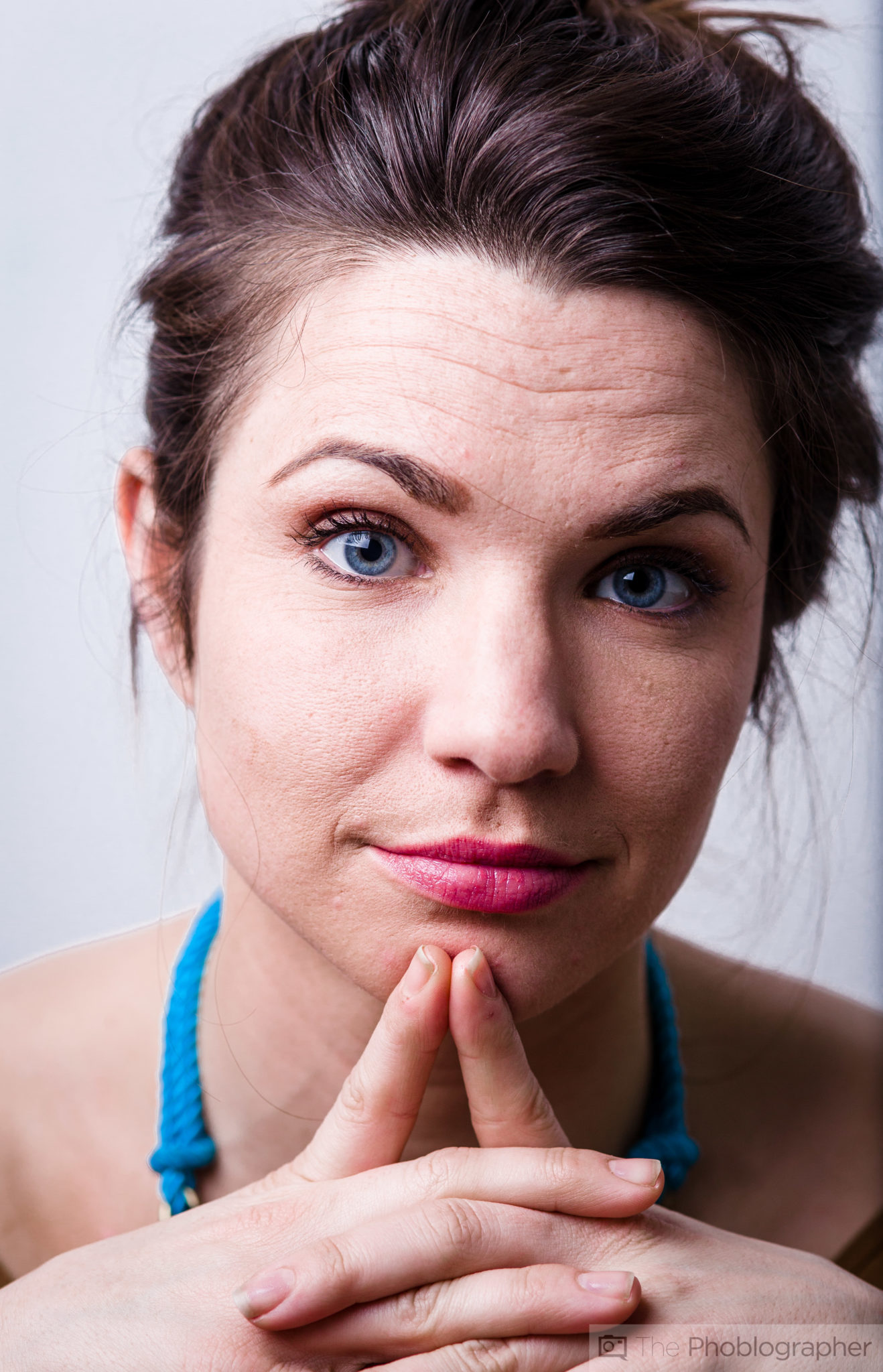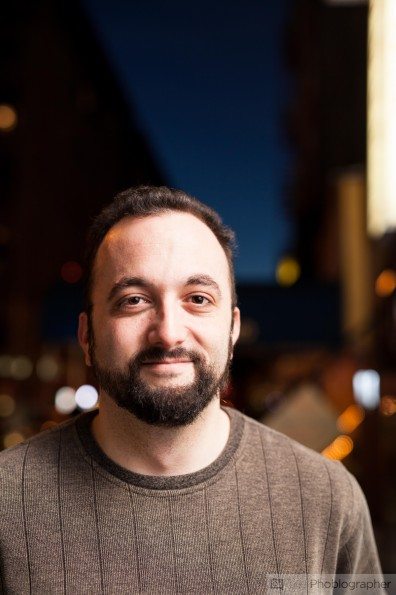
It’s common for Rembrandt lighting to be spoken about in the photo world–and its popularity is also often associated with its ease of creation. Rembrandt lighting is originally attributed to the famous painter whose portraits portrayed a subject with what appears to be window light hitting them. The light would bathe one side of the face in light and create a small triangle of light on the other side. The rest of it would be blocked by the nose or the other side of the face.
The way to get Rembrandt lighting to work is fairly simple and requires a large light source coming from a specific angle in addition the face being turned in a specific angle to create the triangle.
The Right Light Source
To start with, you’ll need the correct light source. If you’re shooting a portrait, this can be done with something as small as a hot shoe flash very easily. In general, what you’re going to do is bounce the flash off of a wall or surface that is camera left or right. With the subject in front of you, you’ll have to consider the position of the light.
If the light is to the side of the camera and behind you, then you can have the subject turn their face or body slightly away from the light source. This is because of the angle that the light is hitting from.
If the light is to the side of the camera and in front of you, then you can have the subject turn their face or body slightly towards the light. With the nose turned a bit towards the light, it will block some of the light and create the shadow that we’re looking for on top of the triangle of light that we want.
The Right Angle
No, we’re not talking about a right angle triangle here, but instead we’re talking about hitting the correct angles. For the absolute most effect, make the zoom head of your flash the widest it can be. If you’re using a softbox of some sort, you’ll want the light modifier to be to the side of the subject and just a bit in front of them a tad. This will help with aiming the light at the right spot.
The Right Exposure
Generally, we’d recommend that you shoot at the lowest ISO setting you can and at the highest shutter speed possible. The reason for this is because the flash output will create all the lighting you’ll need in the scene and by shooting at the fastest shutter speed that your camera lets you with a flash you’ll be killing the most ambient light possible.
That’s really all there is to it.


